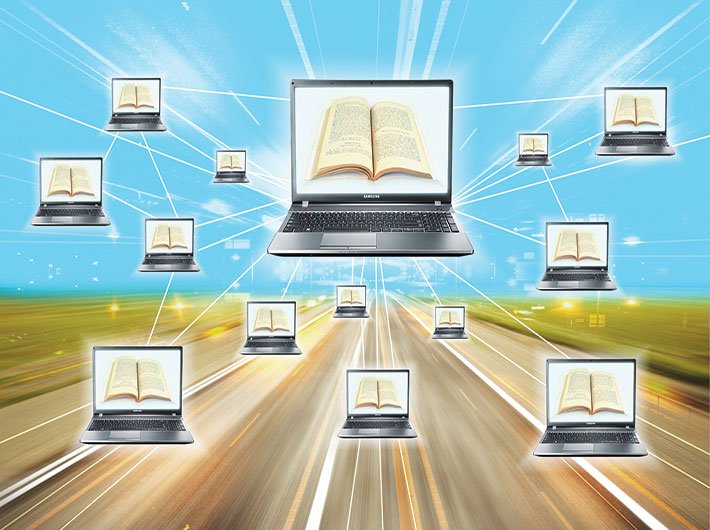Digital blueprint for education cannot be cast in stone but needs to be fluid and reinvented as needed
It is often said that industry is at 4.0 and education is at 2.0. To transform education in line with artificial intelligence (AI), it is imperative to adopt what companies like Google are doing. We must learn to grow along with AI as AI is going to grow. There is a need to evolve the mindsets of educators to embrace AI as that is the way forward. The task of instilling moral values will still lie in the hands of teachers.
What companies like Google are doing in the domain of education is operate on four pillars: access, capability, platform analytics and content. The buzzword is generative AI or ‘Gen AI’ but we do not know what it actually means. It is a way to make educators more innovate in preparing question papers, taking attendance and so on. A typical classroom powered by Gen AI and technologically backed up can meet the personalised needs of students, and educators can take time off the mundane activities.
The point is to recognise that support is needed and that support can be provided by technology – AI. With AI taking over the world, the question that comes up is how to make it fit to suit the needs of an educator? Companies like Google Workplay are trying to transform its interface to suit the needs of educator to engage educational institutions. Google is launching ‘Digital Campus’ on Google Cloud. It is something that will transform the world of education like the Google feature of Gmail did for emails. There is a need for smaller players to share their ideas for integration with Digital Campus so that Gen AI can be accessed for inclusive education as envisioned in the Sustainable Development Goads (SDGs) of the UN.
Another initiative required is taking the focus from physical to digital and from digital to AI. The concept of paperless institutions will be the norm in future in line with the SDGs. There is a lot of data in physical form which needs to be converted into digital format while also taking care of data security.
Even if all AI is going to be there, we need to know how to adapt to AI to develop digitally responsible citizens. It is important to continue to invest in the AI ecosystem to train the trainers who will in the process train the future human resources of the world. In Finland, the education system is highly developed, with more focus on technology than other European countries. Nomo phobia (‘No Mobile Phone Phobia’) is prevalent in today’s world and children’s virtual world is overshadowing the real word. There is a great need for striking a balance between technology and real world. To strike this balance, there is a need to have enthusiasm and motivation from the side of teachers. This motivation can change the way technology is used judiciously.
The National Education Policy of India had been written in the pre-Covid times and since then the world has changed tremendously in terms of technology. Obviously, what is written in the NEP will not capture the contours of the next decade. There is a need to keep reinventing ourselves and respond to new technology. The digital blueprint of education cannot be cast in stone but needs to be fluid and reinvented as per the need of the time.
The benefits of AI and also creativity are well known. The approach which must be embraced must be well-thought out. When calculators came, everyone thought people will stop doing basic arithmetic by oneself. Something similar happened at the time of the advent of email. It is a matter of how creativity and problem-solving are integrated with the new technology. For embracing AI, the key factor is how to train the trainer. The AI model of personalised learning is based on what is generated by background data. However, AI does not capture matters like social values and social connections. If these threads can be integrated, then children can be motivated to do different things with AI. Earlier, content was imparted; now the task is to use it after analysing and empowering students rather than enslaving them. For this, the classroom designing needs to be upgraded to meet the challenges and excitement offered by AI.
Another challenge that needs to be addressed is the fear in the mind of teachers of losing their jobs to AI. Here, the role of leaders comes into play. The touch of human and sensitivity of upskilling the workforce of institution lies in the hands of the leaders of institutes. When the pandemic enforced lockdowns, nobody could have imagined how teachers will adapt to teaching online. It is about making the problem yours and a solution awaits right there.
Dr Palakh Jain is Associate Professor, Bennett University & Senior Fellow, PahleIndia Foundation. Dr Nilanjan Chattopadhyay, Professor, Bennett University.
